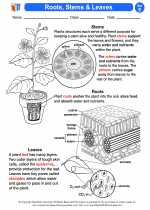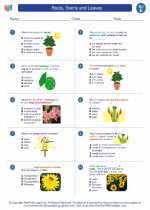What is a Barometer?
A barometer is a scientific instrument used to measure atmospheric pressure. Atmospheric pressure is the force exerted by the weight of the air above us, and it is an important factor in determining weather patterns.
Types of Barometers
There are two main types of barometers: mercury barometers and aneroid barometers.
Mercury Barometer
In a mercury barometer, atmospheric pressure is measured by the height of a column of mercury in a glass tube. As atmospheric pressure increases, the mercury in the tube rises, and as pressure decreases, the mercury falls.
Aneroid Barometer
An aneroid barometer uses a small, flexible metal box called an aneroid cell. As the pressure changes, the cell expands or contracts, and this movement is used to measure the pressure changes.
How Barometers Work
Barometers work based on the principle that air pressure decreases with increasing altitude. This means that as you move higher in the atmosphere, the pressure decreases, and as you move lower, the pressure increases. Barometers measure this pressure and provide valuable information about upcoming weather patterns.
Uses of Barometers
Barometers are used in weather forecasting, aviation, and even in some scientific experiments. They help meteorologists predict weather changes and are crucial for determining air pressure trends that can affect weather conditions.
Study Guide
- What is the main purpose of a barometer?
- Explain the difference between a mercury barometer and an aneroid barometer.
- How does a barometer work?
- What are the main uses of barometers?
- Discuss the importance of barometers in weather forecasting.
◂Science Worksheets and Study Guides Fifth Grade. Roots, Stems and Leaves

 Activity Lesson
Activity Lesson
 Worksheet/Answer key
Worksheet/Answer key
 Worksheet/Answer key
Worksheet/Answer key
 Worksheet/Answer key
Worksheet/Answer key
 Worksheet/Answer key
Worksheet/Answer key
 Vocabulary/Answer key
Vocabulary/Answer key
 Vocabulary/Answer key
Vocabulary/Answer key
 Vocabulary/Answer key
Vocabulary/Answer key
